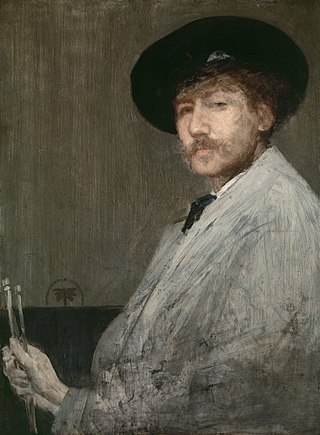
James Abbott McNeill Whistler was an American painter in oils and watercolor, and printmaker, active during the American Gilded Age and based primarily in the United Kingdom. He eschewed sentimentality and moral allusion in painting and was a leading proponent of the credo "art for art's sake".

The Arthur M. Sackler Gallery is an art museum of the Smithsonian Institution in Washington, D.C., focusing on Asian art. The Sackler Gallery and the Freer Gallery of Art together form the National Museum of Asian Art in the United States. The Freer and Sackler galleries house the largest Asian art research library in the country.

The Freer Gallery of Art is an art museum of the Smithsonian Institution in Washington, D.C. focusing on Asian art. The Freer and the Arthur M. Sackler Gallery together form the National Museum of Asian Art in the United States. The Freer and Sackler galleries house the largest Asian art research library in the country and contain art from East Asia, South Asia, Southeast Asia, the Islamic world, the ancient Near East, and ancient Egypt, as well as a significant collection of American art.

Woolton Hall is a former country house located in Woolton, a suburb of Liverpool, England. Built in 1704 and extensively renovated in 1772 by the influential architect Robert Adam, the building is praised as the finest example of Adam's work in the North of England. Throughout its first 200 years, the building was the residence of a number of notable figures, including the Earl of Sefton and Liverpool shipowner Frederick Richards Leyland.

Frederick Carl Frieseke was an American Impressionist painter who spent most of his life as an expatriate in France. An influential member of the Giverny art colony, his paintings often concentrated on various effects of dappled sunlight.

Charles Lang Freer was an American industrialist, art collector, and patron. He is known for his large collection of East Asian, American, and Middle Eastern art. In 1906, Freer donated his extensive collection to the Smithsonian Institution, making him the first American to bequeath his private collection to the United States. To house the objects, including The Peacock Room by James McNeill Whistler, Freer funded the construction of the Freer Gallery of Art in Washington, D.C.

Japonisme is a French term that refers to the popularity and influence of Japanese art and design among a number of Western European artists in the nineteenth century following the forced reopening of foreign trade with Japan in 1858. Japonisme was first described by French art critic and collector Philippe Burty in 1872.
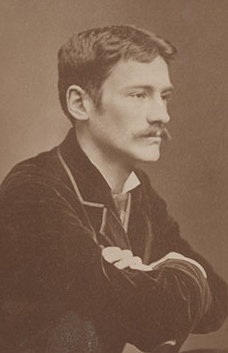
Thomas Wilmer Dewing was an American painter working at the turn of the 20th century. Schooled in Paris, Dewing was noted for his figure paintings of aristocratic women. He was a founding member of the Ten American Painters and taught at the Art Students League of New York. The Freer Gallery of Art at the Smithsonian Institution has a collection of his works. He was the husband of fellow artist Maria Oakey Dewing.
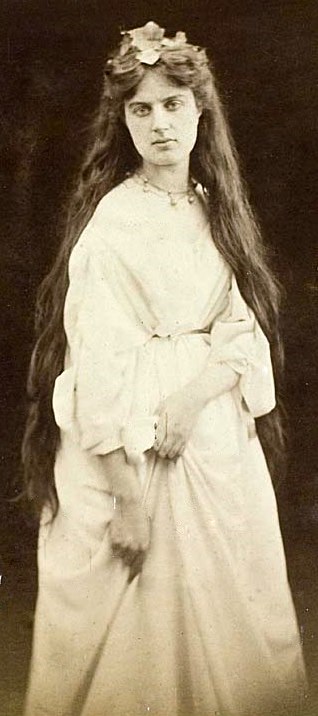
Marie Stillman was a British member of the second generation of the Pre-Raphaelite Brotherhood. Of the Pre-Raphaelites, she had one of the longest-running careers, spanning sixty years and producing over one hundred and fifty works, including Love's Messenger and numerous romantic scenes from the Divine Comedy. Though her work with the Brotherhood began as a favourite model, she soon trained and became a respected painter, earning praise from Dante Gabriel Rossetti and others.
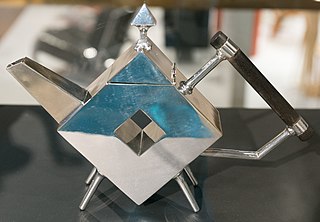
The Anglo-Japanese style developed in the United Kingdom through the Victorian era and early Edwardian era from approximately 1851 to the 1910s, when a new appreciation for Japanese design and culture influenced how designers and craftspeople made British art, especially the decorative arts and architecture of England, covering a vast array of art objects including ceramics, furniture and interior design. Important centres for design included London and Glasgow.

Frederick Richards Leyland was one of the largest British shipowners, running 25 steamships in the transatlantic trade. He was also a major art collector, who commissioned works from several of the Pre-Raphaelite Brotherhood painters.
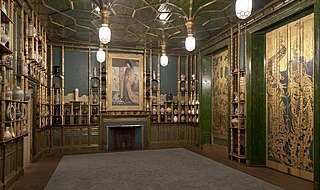
Harmony in Blue and Gold: The Peacock Room is a work of interior decorative art created by James McNeill Whistler and Thomas Jeckyll, translocated to the Freer Gallery of Art in Washington, D.C. Whistler painted the paneled room in a unified palette of blue-greens with over-glazing and metallic gold leaf. Painted between 1876 and 1877, it now is considered one of the greatest surviving Aesthetic interiors, and best examples of the Anglo-Japanese style.

The Charles Lang Freer House is located at 71 East Ferry Avenue in Detroit, Michigan, USA. The house was originally built for the industrialist and art collector Charles Lang Freer, whose gift of the Freer Gallery of Art began the Smithsonian Institution in Washington, DC. The structure currently hosts the Merrill Palmer Skillman Institute of Child & Family Development of Wayne State University. It was designated a Michigan State Historic Site in 1970 and listed on the National Register of Historic Places in 1971.

Completed in 1871, Nocturne: Blue and Silver – Chelsea is a painting by James McNeill Whistler. It is the earliest of the London Nocturnes and was conceived on the same August evening as Variations in Violet and Green. The two paintings were exhibited together at the Dudley Gallery.
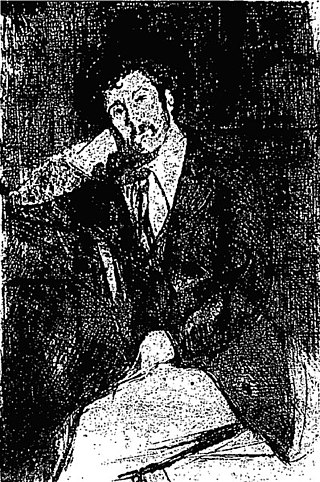
Walter Greaves was a British painter, etcher and topographical draftsman.

Darren Waterston is an American artist who is mainly known for his ethereal paintings.
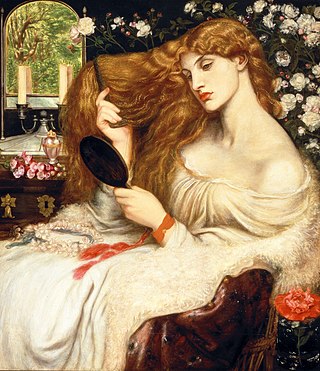
Lady Lilith is an oil painting by Dante Gabriel Rossetti first painted in 1866–1868 using his mistress Fanny Cornforth as the model, then altered in 1872–73 to show the face of Alexa Wilding. The subject is Lilith, who was, according to ancient Judaic myth, "the first wife of Adam" and is associated with the seduction of men and the murder of children. She is shown as a "powerful and evil temptress" and as "an iconic, Amazon-like female with long, flowing hair."

Monna Rosa is the title of two oil paintings by Dante Gabriel Rossetti, both portraits of Frances Leyland, the wife of shipping magnate Frederick Richards Leyland, a regular patron of Rossetti. The earlier and smaller painting was completed in 1862 and its whereabouts is now unknown. The second was completed in 1867 and is now in a private collection.

Thomas Jeckyll was an English architect who excelled in the creation of metalwork and furniture strongly influenced by Japanese design, and is best known for his planning in 1876 of the ‘Peacock Room’ at 49 Princes Gate, London.

Mina'i ware is a type of Persian pottery, or Islamic pottery developed in Kashan in the decades leading up to the Mongol invasion of Persia and Mesopotamia in 1219, after which production ceased. It has been described as "probably the most luxurious of all types of ceramic ware produced in the eastern Islamic lands during the medieval period". The ceramic body of white-ish fritware or stonepaste is fully decorated with detailed paintings using several colours, usually including figures.






















